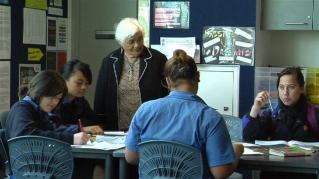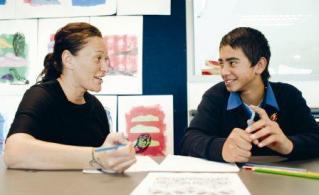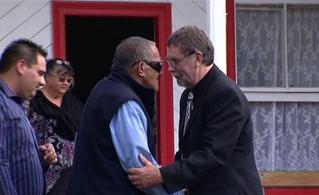Section navigation
02/12/2012
set: Research Information for Teachers 2012: no. 2 - Te Māori i ngā Ara Rapu Mātauranga—Māori Education.

SET, published by NZCER is a well-established research resource for teachers.
Online subscribers can view full-text PDFs of all content, and non-subscribers can purchase individual articles.
set 2012: no. 2
This special edition of set focuses on Te Māori i ngā Ara Rapu Mātauranga—Māori Education.
All articles in this edition are based on the work of researchers who are aiming to provide the education system in Aotearoa New Zealand with evidence-based research findings that can contribute to improving the educational experience of Māori students and their whānau. Articles include:
Integrating culturally responsive teaching and learning pedagogy in line with Ka Hikitia By Liz Patara.
Presents advice and practical examples for teachers about providing culturally responsive teaching and learning for Māori students as outlined in ‘Ka Hikitia: managing for success: the Māori education strategy 2008-2012.’ Outlines one school’s experiences in conducting the cultural self-review.
Identity matters: racial-ethnic identity and Māori students By Melina Webber.
Looks at the importance of racial and ethnic identity for Māori students in Auckland. Contends that a positive sense of racial-ethnic identity can help foster resilience at school. Outlines the role of racial and ethnic identity in the lives of high-achieving Māori adolescents.
Critical issues for whānau in English-medium schools By Alex Barnes et al.
Explores whānau aspirations for tamariki and mokopuna in English-medium education. Identifies elements that advance whānau involvement in schools and contribute to Māori students enjoying success as Māori.
Marae ā-kura: tracing the birth of marae in schools By Jenny Bol Jun Lee.
Researches the history of marae ā-kura in three mainstream New Zealand secondary schools. Looks at the contribution to their development made by the revitalisation of te reo and tikanga in schools and the inclusion of Māori culture in the curriculum.
Filed under: research & evaluation





